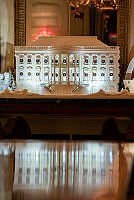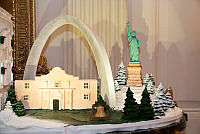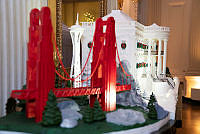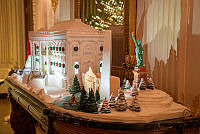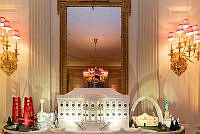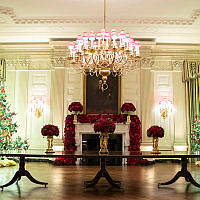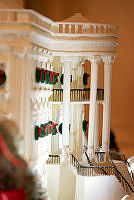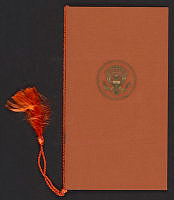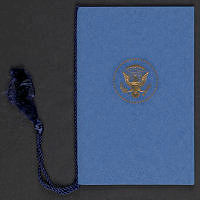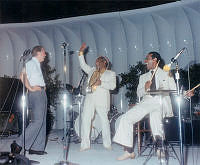Rubenstein Center Scholarship
"Children's Crusade" Protests at the White House

The protestors pose with their signs in Lafayette Square in front of the White House, which remains a popular site for protests today.
Library of CongressOn April 29, 1922, a group of protestors arrived in Washington, D.C. and began a daily picket in front of the White House. This group of women and children, known as the “Children’s Crusade for Amnesty,” pressured President Warren G. Harding to release their husbands and fathers, who had been imprisoned for their opposition to World War I.1
The protest was organized by Kate Richards O’Hare, a prominent American socialist who had been imprisoned for more than a year for giving anti-war speeches. Like the men the Children’s Crusade hoped to free, she had been convicted under the Espionage Act, which outlawed any attempt to interfere with American military operations, disrupt recruitment or enlistment, or “print, write, or publish any disloyal, profane, scurrilous, or abusive language” about the United States government or military.2 In 1922, four years after the war ended, more than one hundred men remained in prison for Espionage Act offenses. Many had refused to serve when drafted, had encouraged others to resist the draft, or belonged to radical political or labor organizations that opposed the war. O’Hare considered their imprisonment a violation of free speech laws. “In later years school children will think how stupid and idiotic it was to jail men for expressing their opinions, just as they now view the trials of the witches at Salem,” she said.3
Children’s Crusade for Amnesty
Library of CongressAfter a long and well-publicized train journey to Washington, D.C., the families picketed in front of the White House every day for weeks, demanding a meeting with President Harding. They carried signs with slogans like “Is Opinion a Crime in U.S.A.?” and “Four Years Since I Saw My Daddy.” The women argued that their husbands had done nothing wrong, and that the children suffered both emotionally and financially from their fathers’ absence. “We need him to help out on the farm,” one said. “He didn’t say what they said he said, but we had no money to pay the [legal] expenses,” said another.4

Some Americans opposed America’s entrance into World War I. This photograph from 1917 shows pacifist protestors demonstrating outside the Capitol Building.
Library of CongressPresident Harding initially refused to meet with the crusaders, referring them to the Justice Department and saying that cases would be reviewed individually, but no “general amnesty” would be offered.5 Many Americans sympathized with the protesters’ case, but others felt that the men were guilty and using children to build sympathy was manipulative. The protesters remained outside the White House every day well into the summer, pressing their case. By the time the Children’s Crusade finally left Washington in August, fourteen fathers had been released from federal custody, and review of additional cases continued. O’Hare declared the effort a success.6





